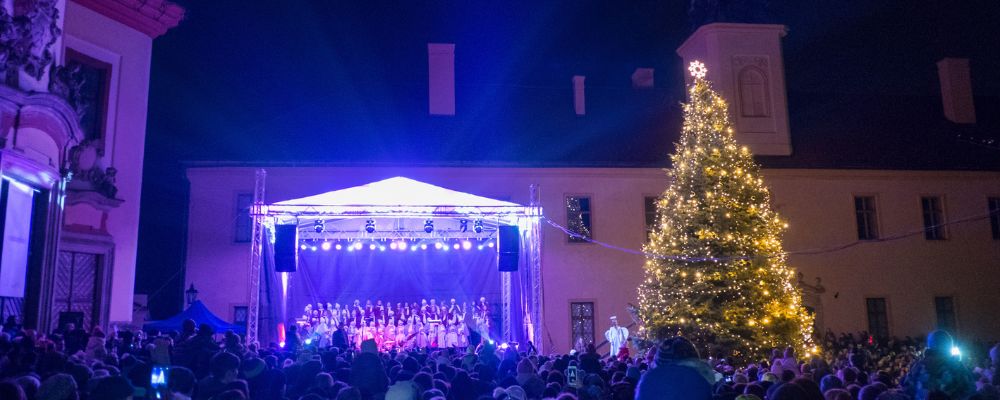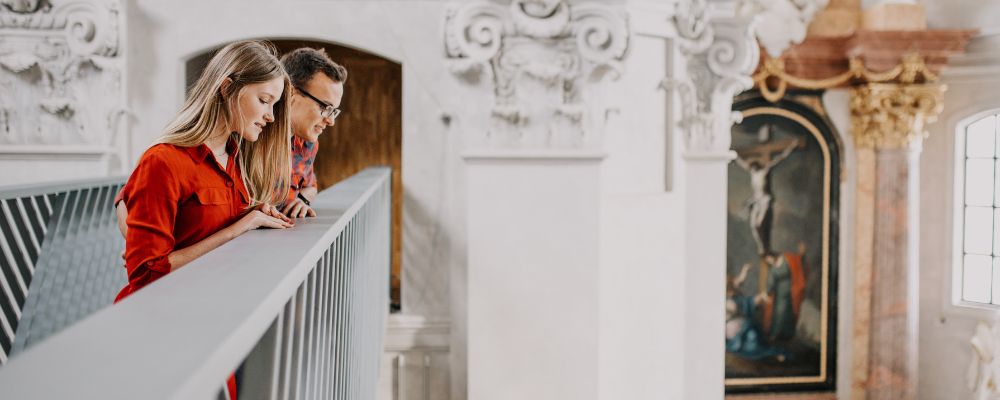
The precious space of the Purgatory Chapel in the Church of the Exaltation of the Holy Cross in Litomyšl will be regularly open to the public for the first time in its modern history. Visitors will have the opportunity to see its interior during architectural tours of the Castle Hill and guided tours of the Piarist church.
This season, the Chateau Hill has prepared another historical space, which was inaccessible in the past, for its visitors. For the first time, the public can visit the precious Purgatory Chapel as part of the architectural tours of the Castle Hill and guided tours of the Church of the Finding of the Holy Cross. Tours can be booked by calling 727 878 444. In the summer months (June - August), tours are held every Saturday and Sunday from 15:00.
The Purgatory Chapel, as it is also sometimes called, belongs to the Piarist Church of the Finding of the Holy Cross and is closely adjacent to the west wing of the college building, from which the chapel can also be entered. It is a unique monument associated with the development of the so-called Soul Cult in the 17th and 18th centuries. The chapel was completed and consecrated in the autumn of 1732 as part of the Piarist building complex. It was built for the purpose of masses for the deceased and prayers for their souls to shorten their time in purgatory. This purpose required an appropriate environment to inspire respect, humility, but also faith and hope. On the walls, a theatre was performed to teach its audience about sin and punishment, the futility and finality of human existence. However, as the scenes moved upwards, they became more hopeful and at the same time more colourful. These decorations formed the backdrop for the sermon itself, the purpose of which was to provoke self-reflection in the faithful, to enhance the experience of the religious ceremony. The murals depict architectural scenes that are, however, greatly marked by age and material transformation - demolished walls, walled gates, staircases that, due to their decay, no longer allow a way up. Climbing plants grow through the ruined architecture. Upwards, specific biblical statues appear before the viewer. The scenes are placed in five lunettes, which engagingly narrate the hope of salvation that souls in purgatory have. The plea for light, the collection for fallen soldiers, the hope brought by the archangel Michael, as well as the heralding of the fulfillment of time in purgatory are all depicted. One of the most important themes that appears here is the prayer of friends and survivors for the dead and their souls, bringing hope for their early redemption.


